Home>Construction & Tools>Building Materials>What Grout To Use For Stone Veneer
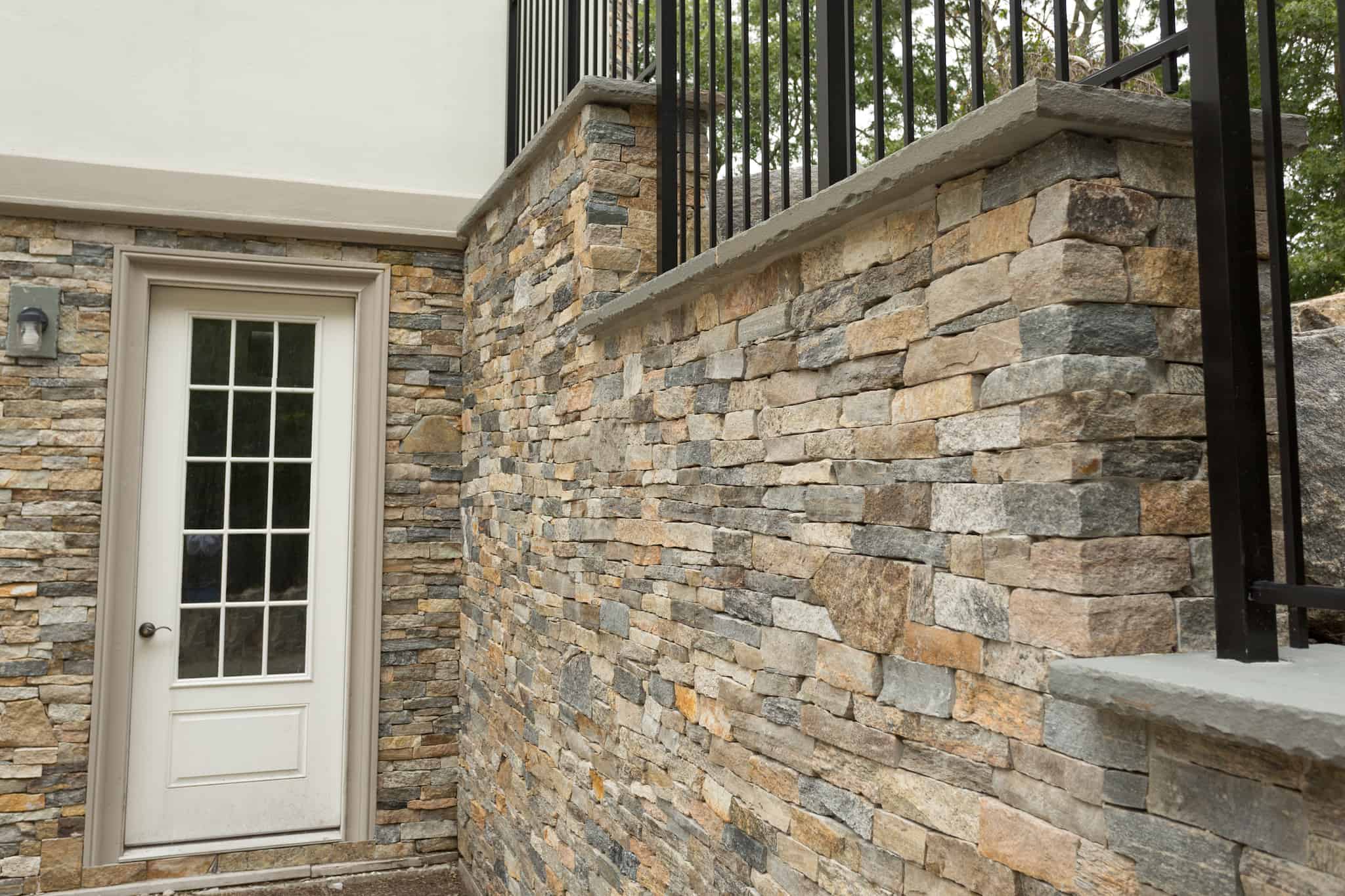

Building Materials
What Grout To Use For Stone Veneer
Modified: August 17, 2024
Discover the best grout for stone veneer projects with our comprehensive guide. Find the right building materials for your next project.
(Many of the links in this article redirect to a specific reviewed product. Your purchase of these products through affiliate links helps to generate commission for Storables.com, at no extra cost. Learn more)
Introduction
Welcome to the world of stone veneer, where timeless elegance meets modern versatility. Stone veneer is a popular choice for adding a touch of natural beauty to indoor and outdoor spaces, and the choice of grout can significantly impact the overall aesthetic and longevity of your project. In this comprehensive guide, we’ll explore the various types of grout suitable for stone veneer, offer tips for selecting the right grout for your specific needs, and provide valuable insights into the application and maintenance of stone veneer grout.
Whether you’re embarking on a DIY project or working with a professional installer, understanding the nuances of stone veneer grout is essential for achieving stunning, long-lasting results. So, let’s dive into the world of grout and stone veneer, where craftsmanship and creativity converge to elevate your living spaces.
Key Takeaways:
- Choose sanded grout for wide joints and outdoor areas, unsanded grout for narrow joints and indoor spaces, polymer-modified grout for flexibility, and epoxy grout for durability and easy maintenance.
- Prepare surfaces, apply grout evenly, and clean promptly for long-lasting stone veneer beauty. Regular cleaning, sealing, and repairs are essential for maintaining the grout’s integrity and visual appeal.
Read more: What Is Stone Veneer Siding
Types of Grout for Stone Veneer
When it comes to grouting stone veneer, the options are as diverse as the stones themselves. The choice of grout can significantly impact the final look and durability of your project. Here are the primary types of grout commonly used for stone veneer installations:
Sanded Grout
Sanded grout is a popular choice for stone veneer projects, especially when the joints between the stones are wider than 1/8 inch. The sand particles in the grout help prevent shrinkage and cracking, making it ideal for outdoor applications and high-traffic areas. Additionally, sanded grout is available in a wide range of colors, allowing you to achieve the desired aesthetic for your project.
Unsanded Grout
Unsanded grout is recommended for stone veneer with narrow joints, typically less than 1/8 inch wide. This fine-grained grout is ideal for achieving a smooth, seamless finish in indoor applications. It’s important to note that unsanded grout may not be suitable for outdoor installations or areas exposed to moisture and heavy use due to its tendency to shrink and crack in wider joints.
Polymer-Modified Grout
Polymer-modified grout is a versatile option that offers enhanced flexibility and adhesion. It contains additives such as latex or acrylic, providing improved resistance to cracking, staining, and water damage. This type of grout is particularly well-suited for stone veneer installations in areas prone to temperature fluctuations and moisture exposure, such as exterior walls and wet environments.
Read more: What Type Mortar For Stone Veneer
Epoxy Grout
Epoxy grout is a premium, high-performance option known for its exceptional durability and stain resistance. Composed of epoxy resins and hardeners, this grout is virtually impervious to water and chemicals, making it an excellent choice for both interior and exterior stone veneer projects. Epoxy grout is available in a wide array of colors and is particularly well-suited for areas where hygiene and easy maintenance are paramount, such as kitchens and bathrooms.
Understanding the characteristics and applications of each type of grout is essential for making an informed decision based on the specific requirements of your stone veneer project. The right grout can enhance the visual appeal, structural integrity, and longevity of your installation, ensuring that your stone veneer stands the test of time while exuding timeless charm.
Choosing the Right Grout for Your Stone Veneer Project
When it comes to selecting the perfect grout for your stone veneer project, several factors come into play. Consider the following essential aspects to ensure that your choice aligns with the specific needs and aesthetic goals of your installation:
Joint Size and Placement
The width and location of the joints between your stone veneer pieces will influence the type of grout best suited for your project. If your installation features wider joints, sanded grout is recommended for its ability to resist shrinkage and provide structural support. Conversely, unsanded grout is ideal for narrow joints, offering a smooth, seamless finish in more confined spaces.
Environmental Exposure
Assess the environmental conditions to which your stone veneer will be exposed. For outdoor installations or areas subject to moisture and temperature variations, polymer-modified grout or epoxy grout may be the most suitable options. These grout types offer enhanced resistance to cracking, staining, and water damage, ensuring the longevity and durability of your stone veneer in challenging environments.
Read more: How Thick Is Stone Veneer
Design Aesthetic
The color and texture of the grout can significantly impact the overall visual appeal of your stone veneer installation. Consider the desired aesthetic effect and choose a grout color that complements the natural tones and textures of the stone. Sanded and unsanded grouts are available in a wide range of colors, allowing you to achieve the perfect harmony between the stones and the grout for a cohesive and visually striking result.
Maintenance Requirements
Factor in the maintenance demands of different grout types when making your selection. Epoxy grout, known for its exceptional stain resistance and easy cleaning, is an excellent choice for areas where hygiene and effortless maintenance are priorities, such as kitchen backsplashes and bathroom walls. Understanding the long-term maintenance implications of your grout choice can contribute to the lasting beauty and functionality of your stone veneer installation.
Installer’s Recommendations
If you’re working with a professional installer, seek their input and expertise regarding the most suitable grout for your specific stone veneer project. Installers with experience in working with various grout types can offer valuable insights and recommendations based on the unique characteristics of your installation, ensuring optimal results and long-term satisfaction.
By carefully considering these factors and consulting with industry professionals when needed, you can confidently choose the right grout for your stone veneer project, setting the stage for a visually stunning, durable, and enduring installation that enhances the beauty of your living spaces.
Application and Maintenance Tips for Stone Veneer Grout
Proper application and maintenance practices are crucial for ensuring the longevity, visual appeal, and structural integrity of your stone veneer grout. Here are essential tips to guide you through the application and care of your stone veneer grout:
Read more: How To Grout Stone Backsplash
Application Tips
- Prepare the Surface: Before grouting, ensure that the stone veneer surface is clean, free of debris, and properly sealed, if necessary. Proper surface preparation is essential for achieving strong grout adhesion and preventing staining or discoloration.
- Grout Mixing: Follow the manufacturer’s instructions for mixing the grout to achieve the desired consistency. Use a margin trowel or grout float to evenly spread the grout into the joints, ensuring complete coverage and filling of the gaps between the stones.
- Tooling and Cleanup: After applying the grout, use a grout float to pack the joints and remove excess grout from the stone surfaces. Once the grout starts to set, gently tool the joints to achieve a smooth, uniform finish. Promptly clean any residual grout from the stone surfaces using a damp sponge or cloth to prevent grout haze and achieve a clean, polished look.
- Curing Time: Allow the grout to cure according to the manufacturer’s recommendations before subjecting it to moisture or heavy use. Proper curing is essential for the grout to achieve its full strength and durability.
Maintenance Tips
- Regular Cleaning: Maintain the beauty of your stone veneer grout by regularly cleaning it with a pH-neutral stone cleaner and a soft brush or cloth. Avoid harsh chemicals or abrasive tools that can damage the grout or the stone surfaces.
- Sealing: Depending on the type of grout used, consider applying a high-quality grout sealer to enhance stain resistance and protect the grout from moisture and dirt buildup. Follow the manufacturer’s recommendations for the frequency of resealing to ensure ongoing protection and longevity.
- Repairing Grout: Address any cracked or damaged grout promptly to prevent moisture infiltration and maintain the structural integrity of your stone veneer installation. Utilize matching grout and follow proper application techniques to seamlessly repair and reinforce the affected areas.
- Preventative Maintenance: Minimize potential damage to the grout by using protective pads or coasters under heavy furniture, promptly addressing spills, and avoiding abrasive activities that could impact the integrity of the grout and the stone surfaces.
By adhering to these application and maintenance guidelines, you can ensure that your stone veneer grout not only enhances the visual appeal of your installation but also withstands the test of time, maintaining its beauty and functionality for years to come.
Conclusion
As we conclude our exploration of grout for stone veneer, it’s evident that the choice of grout plays a pivotal role in the visual impact, durability, and maintenance of your stone veneer installation. By understanding the characteristics and applications of various grout types, you can make informed decisions that align with the unique requirements and aesthetic aspirations of your project.
Whether you opt for sanded grout to support wider joints, unsanded grout for a seamless indoor finish, polymer-modified grout for enhanced flexibility, or epoxy grout for superior durability and stain resistance, each grout type offers distinct benefits that can elevate the beauty and longevity of your stone veneer.
Choosing the right grout involves considering factors such as joint size, environmental exposure, design aesthetic, maintenance requirements, and the insights of experienced installers. By carefully weighing these considerations, you can select a grout that not only complements the natural allure of the stone but also withstands the demands of its intended environment.
Furthermore, the application and maintenance of stone veneer grout are essential aspects that contribute to the overall success and longevity of your installation. Proper surface preparation, meticulous grout application, and regular maintenance routines can preserve the integrity and beauty of your stone veneer, ensuring that it remains a captivating focal point in your living spaces for years to come.
As you embark on your stone veneer project, may this guide serve as a valuable resource, empowering you to make informed decisions, implement best practices, and revel in the enduring beauty of your stone veneer installation. Whether adorning interior accent walls, fireplace surrounds, or exterior facades, your stone veneer grout can embody the perfect union of timeless elegance and modern resilience, enriching your environment with its natural charm and enduring allure.
With the right grout, meticulous craftsmanship, and a touch of creativity, your stone veneer installation can stand as a testament to the timeless allure of natural stone, enriching your living spaces and captivating the admiration of all who behold its enduring beauty.
Frequently Asked Questions about What Grout To Use For Stone Veneer
Was this page helpful?
At Storables.com, we guarantee accurate and reliable information. Our content, validated by Expert Board Contributors, is crafted following stringent Editorial Policies. We're committed to providing you with well-researched, expert-backed insights for all your informational needs.
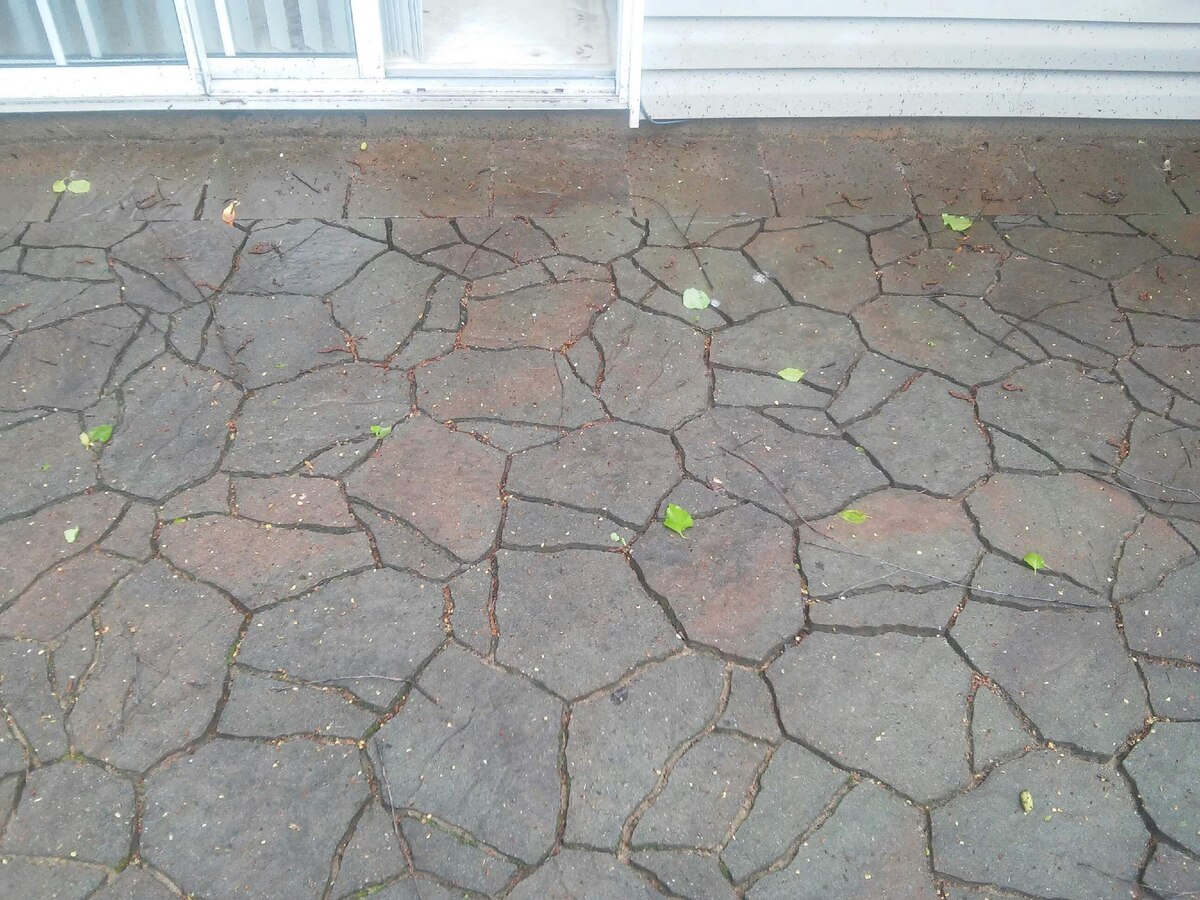
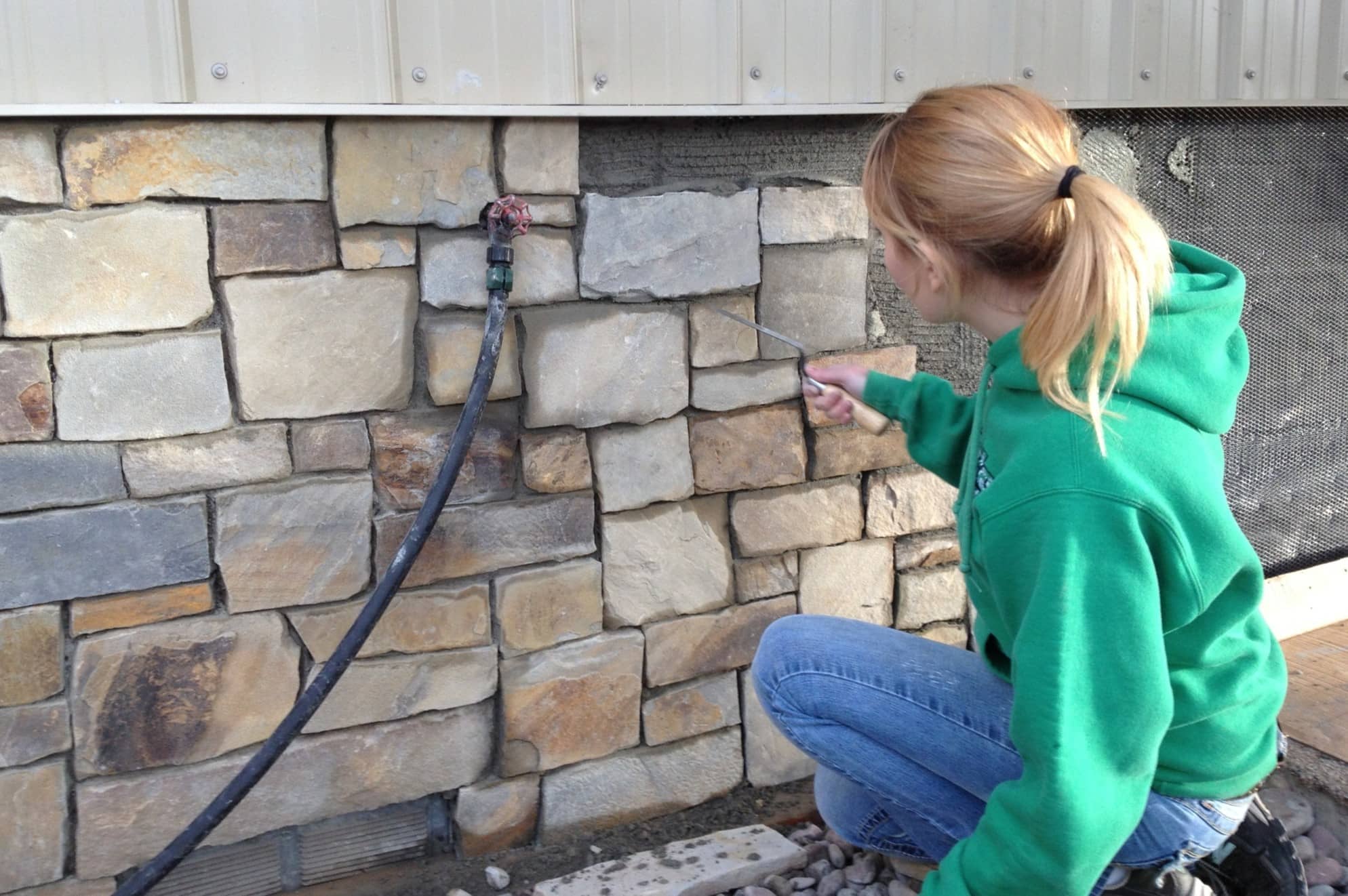
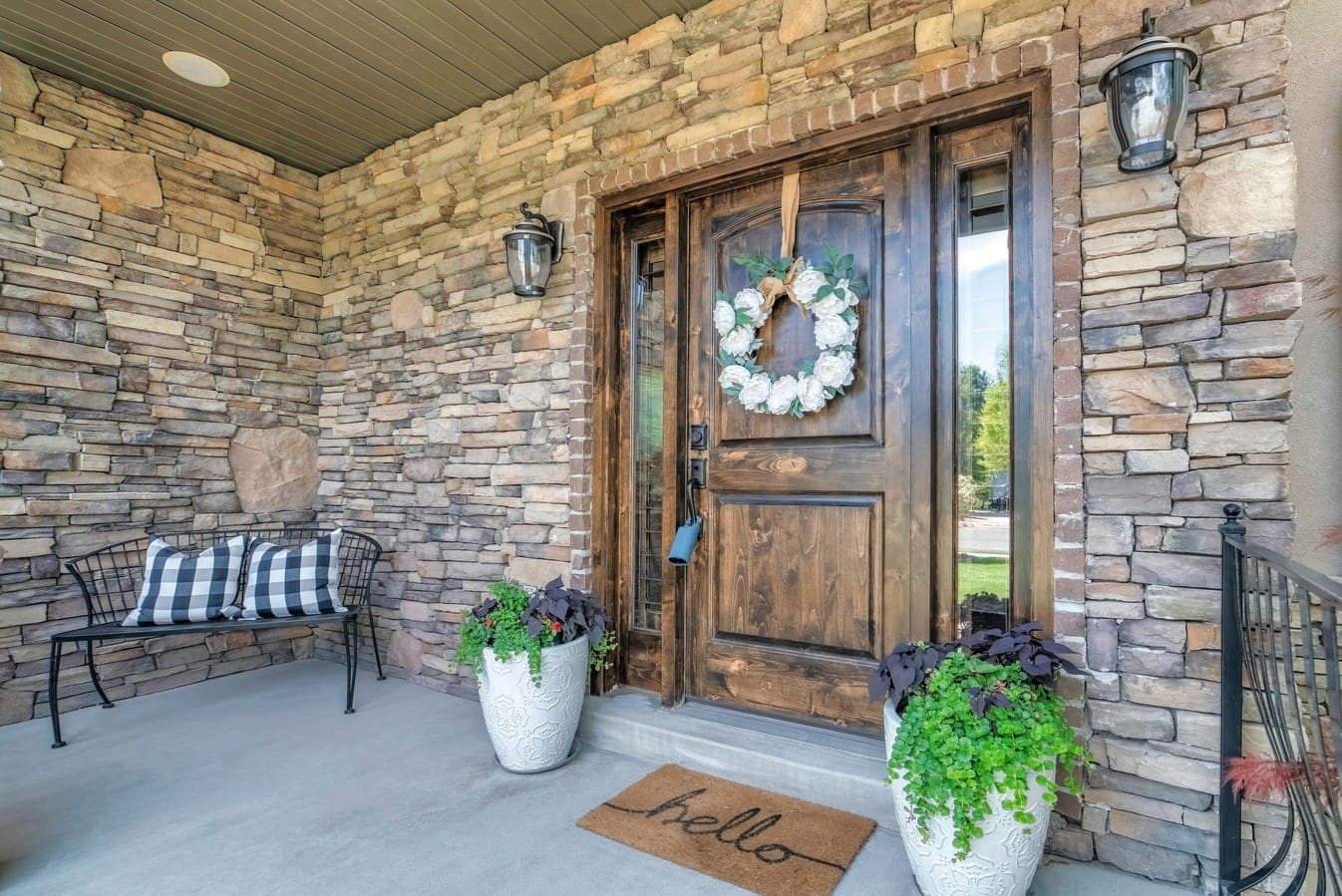

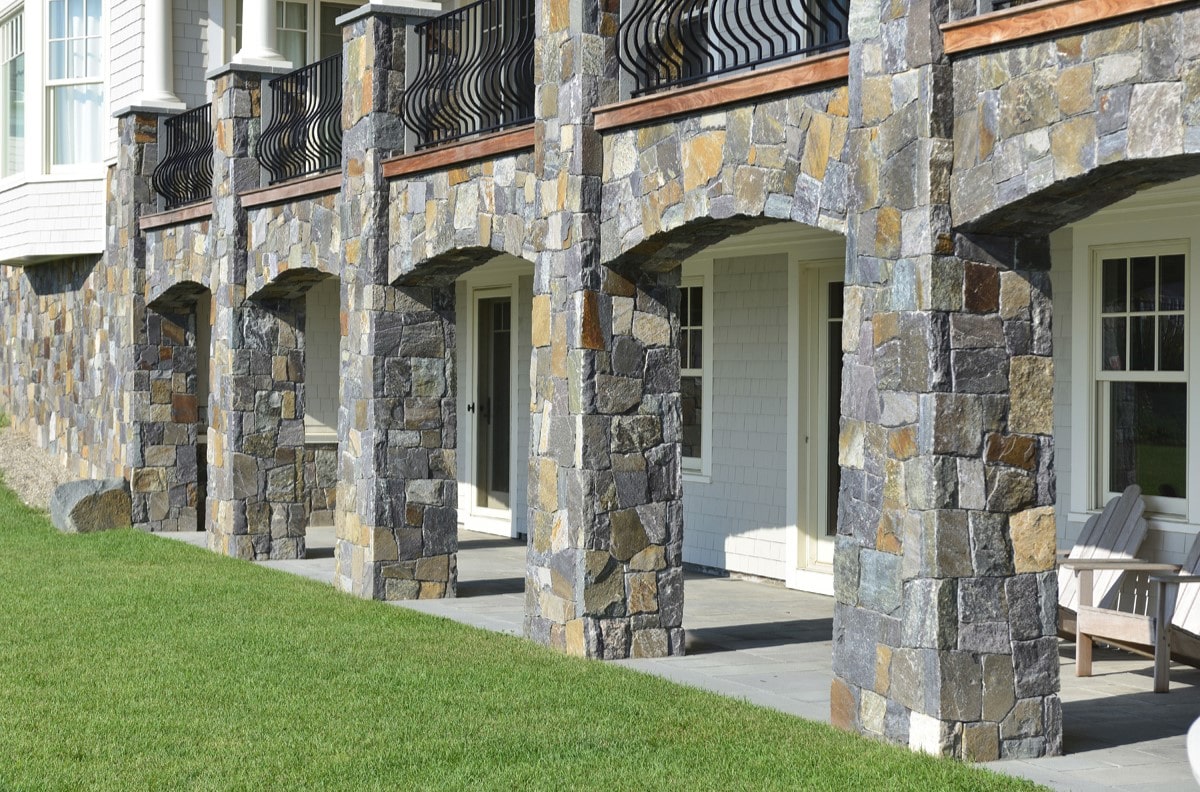
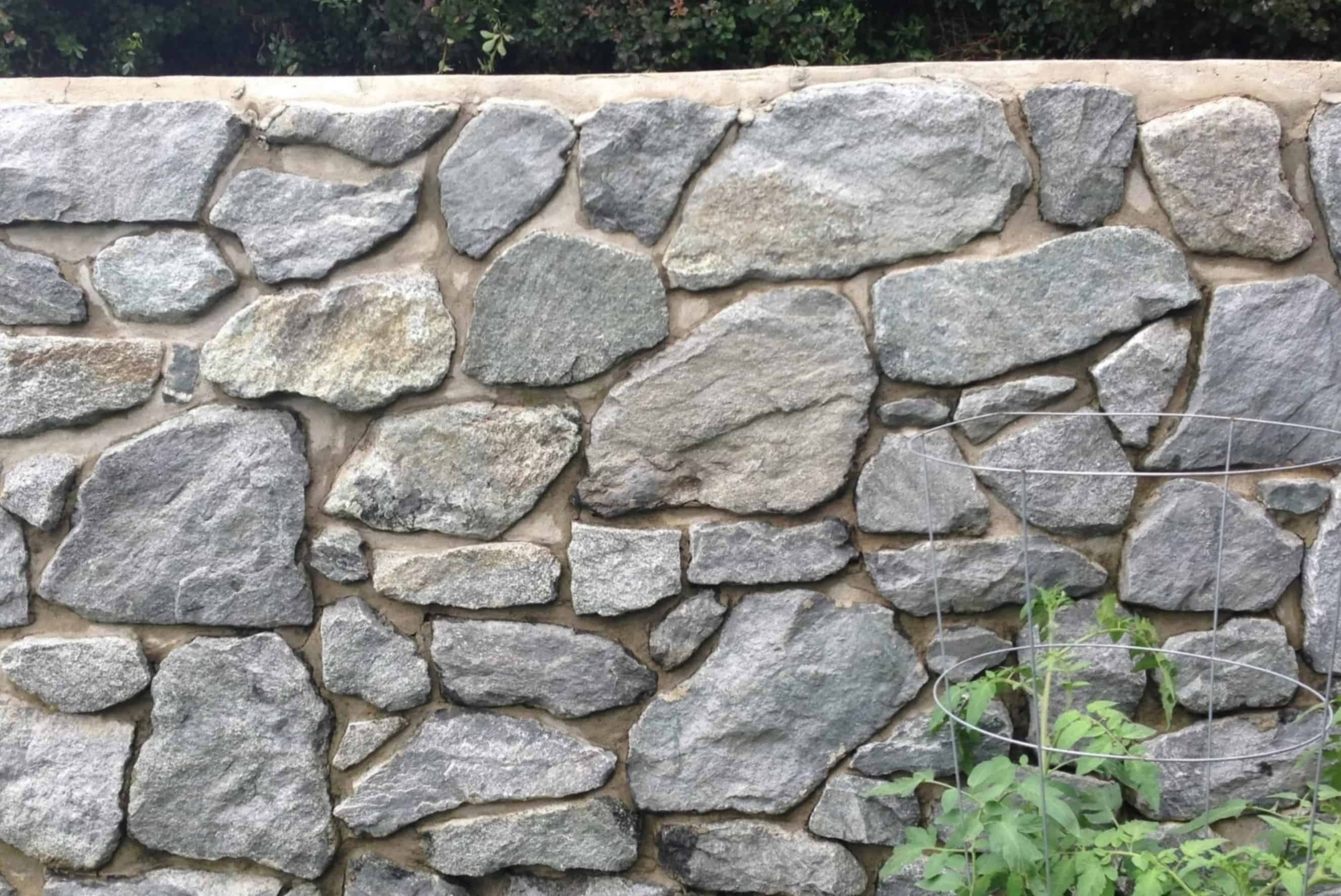
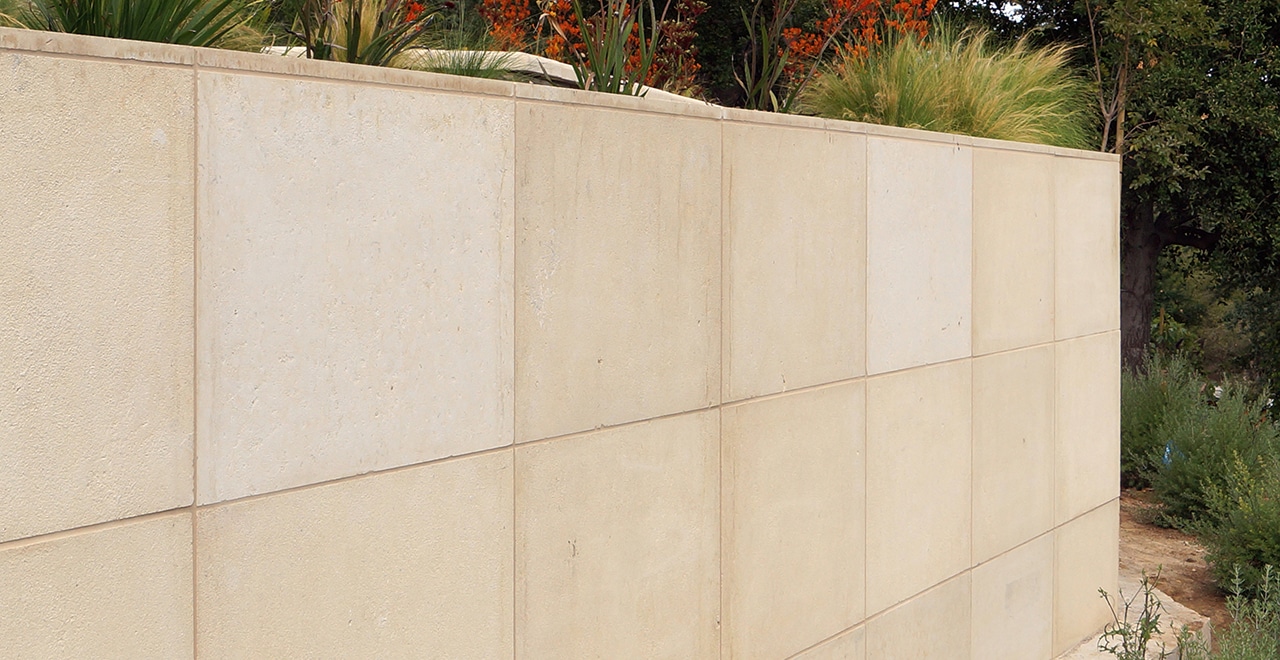
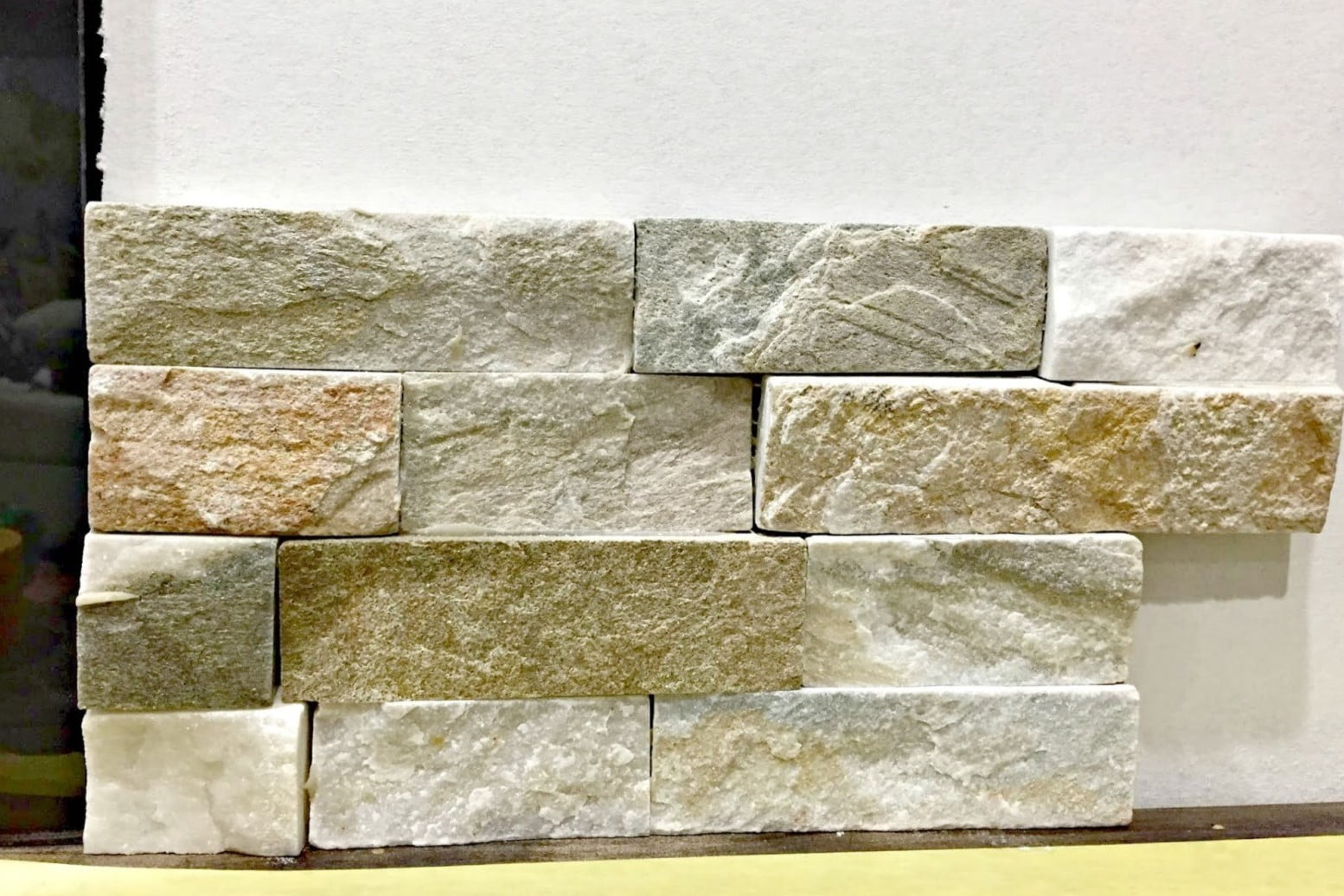
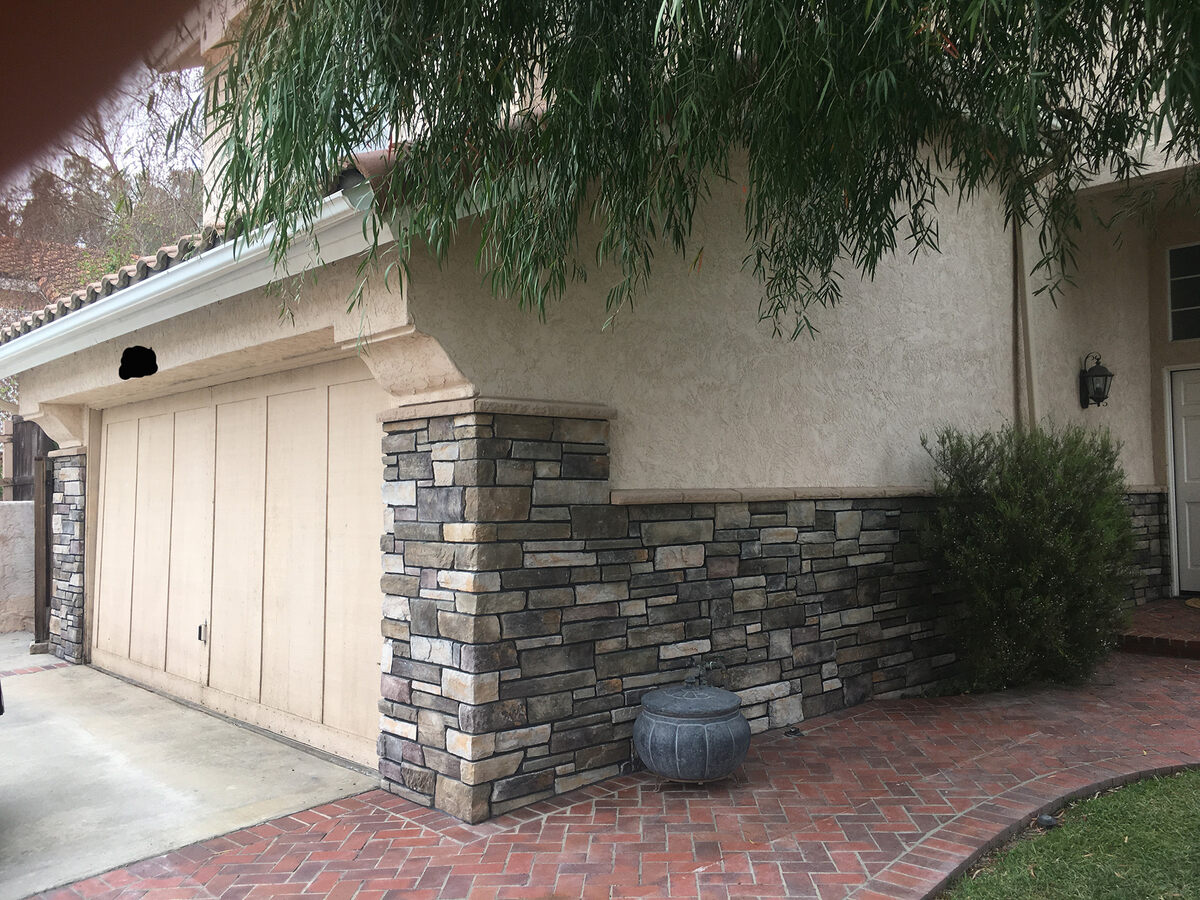
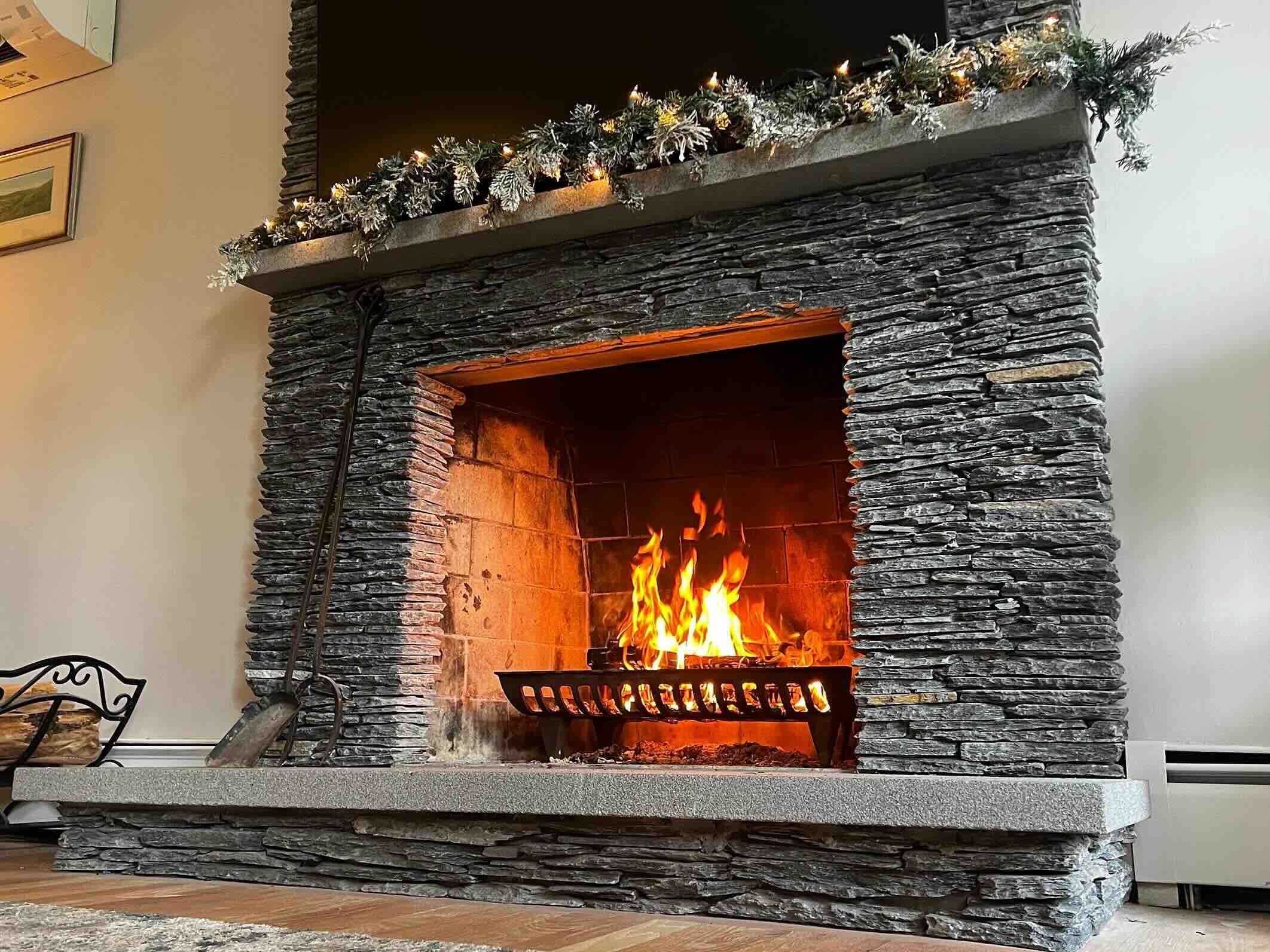
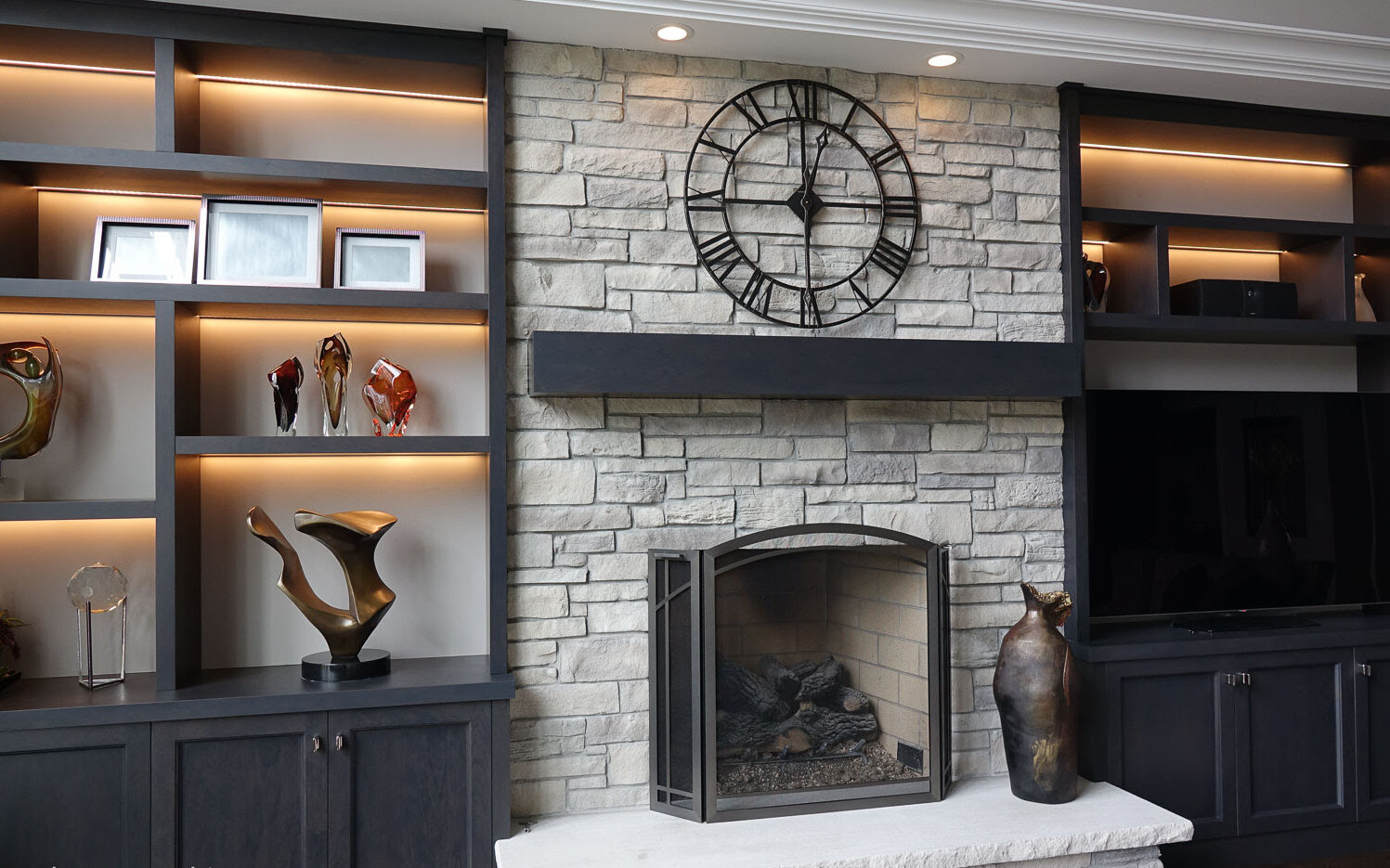
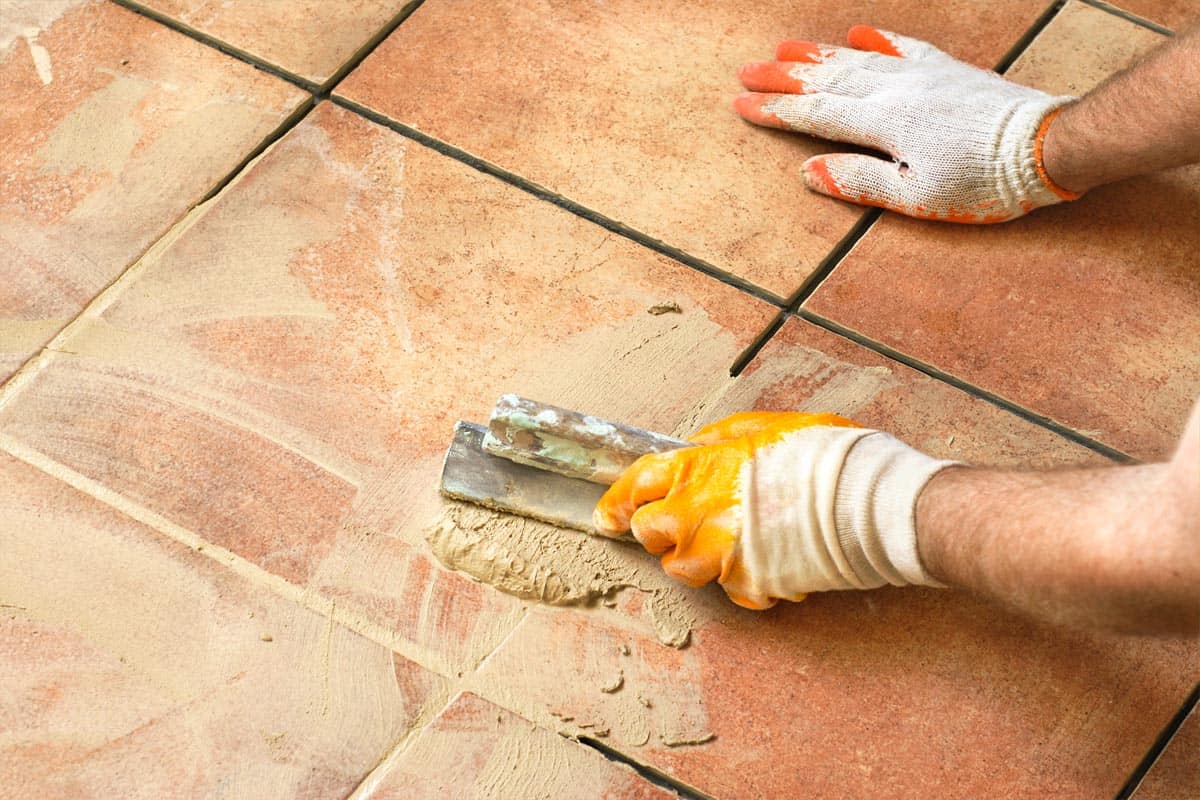

0 thoughts on “What Grout To Use For Stone Veneer”